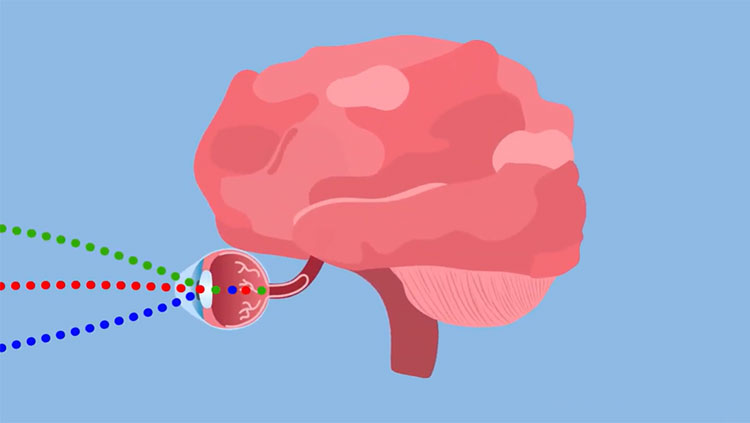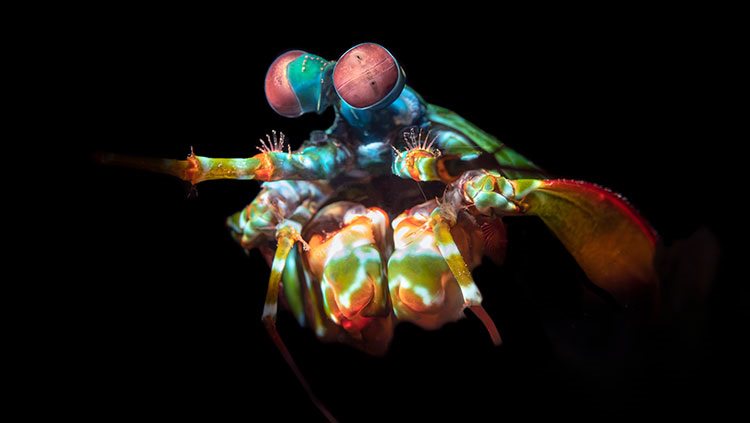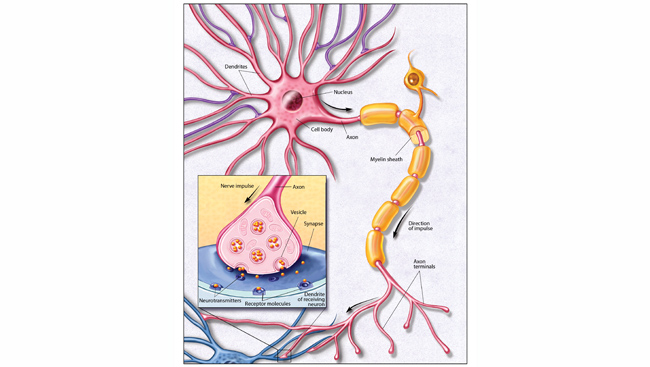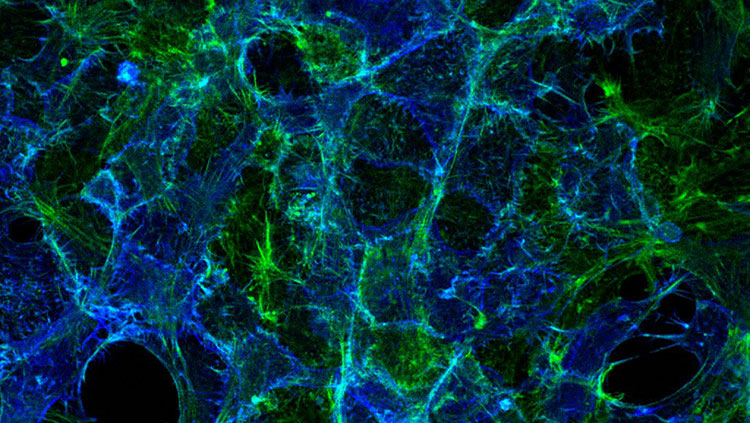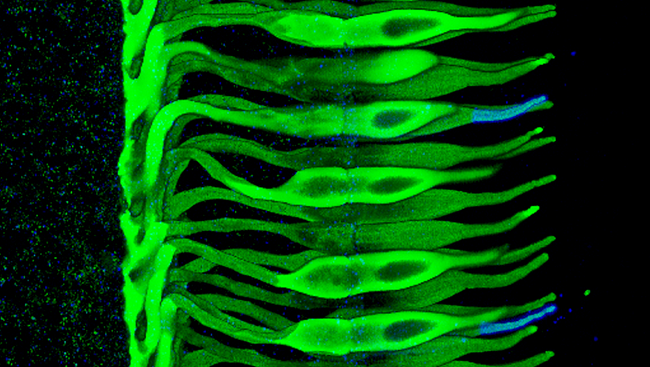
Neurons in the eye turn light into electrical signals. These cells, known as photoreceptors, come in two types: rods and cones.
Rods are light-sensitive to allow us to see in low light levels and vastly outnumber cones, but cones process color and show exquisite detail. Red, green, and blue cones are each sensitive to different color ranges. Rods and cones work together to provide the brain with clear pictures of the outside world.
Brain cells communicate by sending signals to one another at trillions of junctions called synapses. Exactly how and in what patterns rods and cones exchange electrical signals was the focus of a study by researchers at the University of Texas Medical School at Houston and the Morehouse School of Medicine.
The researchers examined the eyes of rhesus monkeys to determine the combinations of cone and rod “coupling.” They found the rods and cones were coupled with one another and the red cones coupled with the green cones, but the blue cones rarely connected with the other cones. The researchers hypothesized these couplings amplify specific electrical signals and help animals to see more details.
The image above shows cones in the primate retina. All the cones were labeled to appear green. The blue cones have blue tips. The light-sensitive tips of the cells are on the right side of the image.


